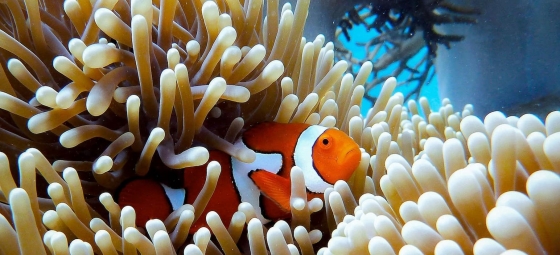Night jar Weather and Climate: A Comprehensive Guide
Night jar maintains a fairly consistent warm average temperature.
It receives a moderate amount of precipitation.
Now, let’s break down all the climate details for a clearer picture.
Average maximum day and minimum night temperature
In Night jar temperatures are generally consistent throughout the year. On average, daytime temperatures range from a very warm 33°C in December to a comfortable 26°C in July.
Nighttime temperatures can drop, with average lows reaching 15°C in July.Check out our detailed temperature page for more information.
Temperature ranges by month
Precipitation and rainy days
On average, Night jar receives a reasonable amount of rainfall, with an annual precipitation of 957 mm. The seasons in Night jar, bring significant changes in precipitation. The wettest month, February, receives heavy rainfall, with an average of 250 mm of precipitation. This rainfall is distributed across 12 rainy days.
In contrast, the driest month, September, experiences much less rainfall, totaling 14 mm over 3 rainy days. These distinct seasonal differences provide diverse experiences throughout the year. For more details, please visit our Night jar Precipitation page.The mean monthly precipitation over the year, including rain, hail and snow
Sunshine over the year
Night jar enjoys sunny spells year-round. October sees up to 10.0 hours of daily sunshine, perfect for a sunny trip. February, the least sunny month, still offers a generous 6.7 hours of sun despite this cloudier time of the year.
Visit our detailed sunshine hours page for more information.
Monthly hours of sunshine
Daily hours of sunshine
Average water temperature
The mean water temperature over the year ranges from 22°C in June to 27°C in January.
Water temperature over the year
Average humidity
The relative humidity is high throughout the year in Night jar.
The city experiences its highest humidity in February, reaching 76%. In July, the humidity drops to its lowest level at 64%. What does this mean? Read our detailed page on humidity levels for further details.
Relative humidity over the year
Average wind speed
The average wind speed over the year ranges from 2 m/s to 4 m/s. It is lower in May and higher in February, March, April, September, October, November and December.
The mean monthly wind speed over the year (meters per second)
Forecast for Night jar



Select a Month of Interest
Check the conditions for any month of the year.
The best time of year to visit Night jar in Australia
The best time to visit is during the drier months: May, June, July, August, September, October and November.Other facts from our historical weather data:
Most rainfall (rainy season) is seen in January and February.
Yes, the months of July, August and September are very dry.
December has an average maximum temperature of 33°C and is the warmest month of the year.
The coldest month is July with an average maximum temperature of 26°C.
February tops the wettest month list with 250 mm of rainfall.
September is the driest month with 14 mm of precipitation.
October is the sunniest month with an average of 301 hours of sunshine.
No idea where to travel to this year? We have a tool that recommends destinations based on your ideal conditions. Find out where to go with our weather planner.



